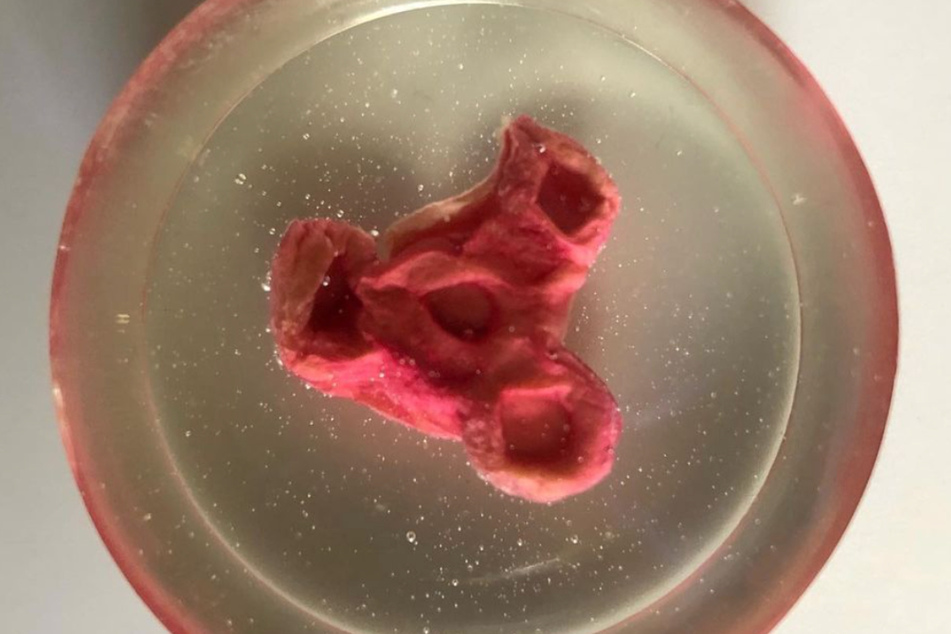Steaks made from human flesh: cannibalism or ingenious invention?
London, UK - A steak made from your own flesh and blood? US scientists and artists have invented the crazy "Ouroboros Steak," which people can cultivate from their own bodies.

No joke, the London Design Museum is currently exhibiting a "DIY meal kit" that allows people to make their own steaks – from their own cells and without harming a single animal.
Three Americans created the "Ouroboros Steak," which could revolutionize the lab-grown food industry. The name "Ouroboros" comes from the ancient symbol of a snake that eats itself.
How exactly does the steak made from human flesh work? All you need are a few human cells, which you can extract from your mouth with a cotton swab, and a serum made from blood. The researchers simply used expired blood donations.
If you store your own cells in a warm environment for almost three months and "feed" them regularly with the human serum, a small piece of meat will grow, which you can then eat as a steak.
Human steaks are not technically considered cannibalism
The project sounds a bit disgusting at first, but the meat industry regularly uses methods that are hardly more pleasant to think about. Artist Andrew Pelling is one of the three inventors of the Ouroboros steak. He explained that ordinary steak production typically uses a serum made from cow fetuses.
To obtain this serum, pregnant cattle must be killed – another cruel element of modern-day factory farming.
From a purely technical point of view, the inventors of the unusual steak say that consuming meat bred from human cells and old blood should not be considered cannibalism. Regardless, the steak is not yet approved for consumption.
At the moment, the project is more of a scientific art event, which has also been nominated for the Design of the Year award at the London Design Museum.
Cover photo: instagram.com/otelhan
